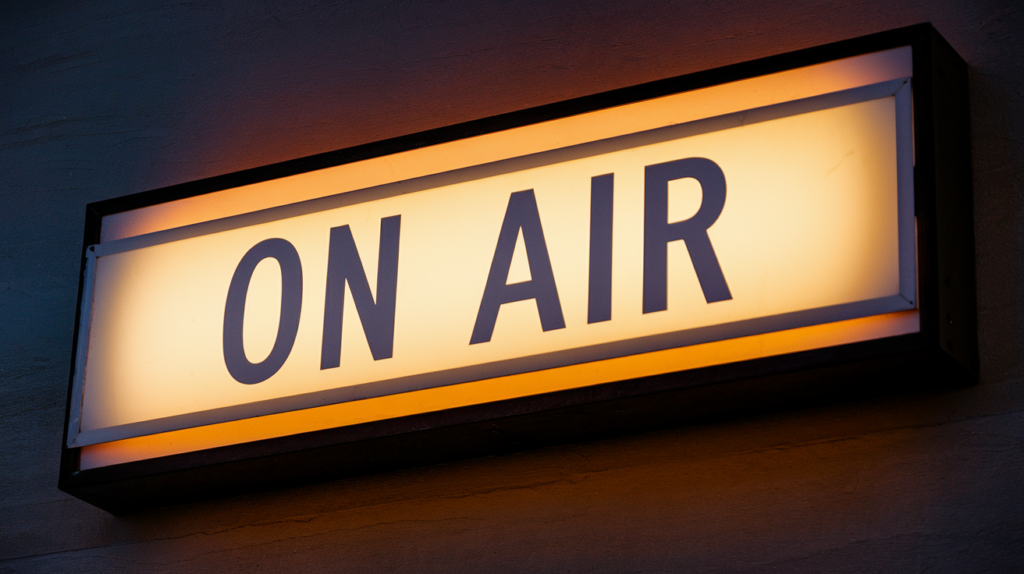When you think about the languages spoken in Belgium and the Netherlands, it’s easy to assume they’re the same. However, Flemish in Flanders and Dutch in the Netherlands have distinct identities that reflect their unique cultures and histories. Understanding these differences can enhance your appreciation of both regions.
Flemish is often seen as a dialect of Dutch but carries its own nuances, vocabulary, and pronunciation. In contrast, Dutch from the Netherlands boasts a standardized form that’s widely recognized. This article dives into the fascinating contrasts between Flemish and Dutch, exploring how geography influences language while highlighting what makes each variant special. Whether you’re planning a trip or just curious about linguistic diversity, you’ll find valuable insights here.
Key Takeaways
- Distinct Identities: Flemish in Flanders and Dutch in the Netherlands, while similar, embody unique linguistic identities influenced by their respective cultures and histories.
- Language Variations: Key differences exist in pronunciation, vocabulary, and idiomatic expressions; for instance, some words may be pronounced differently or have various regional slang.
- Cultural Influences: The blending of local traditions with French culture shapes communication styles in Flanders, while Dutch culture emphasizes directness and practicality.
- Historical Roots: Both languages trace back to Old Low Franconian but evolved separately due to political boundaries and social influences affecting their development.
- Contemporary Usage: Flemish reflects regional dialects rich with local expressions influenced by French, whereas Dutch is more standardized for clear communication across regions.
- Social Implications: Language plays a significant role in identity formation and nationalism within Flanders; language policies differ notably between Belgium and the Netherlands regarding official status and recognition.
Overview of Flemish and Dutch
Flemish and Dutch exhibit distinct characteristics despite their similarities. Understanding these nuances is crucial for anyone interested in the linguistic diversity of Belgium and the Netherlands.
Language Differences
Flemish, spoken in Flanders, features variations in pronunciation, vocabulary, and expressions compared to Dutch from the Netherlands. For instance, certain words may differ; “brood” (bread) is pronounced differently across regions. Regional slang also shapes everyday conversations in Flemish. Additionally, Flemish tends to incorporate French influences due to historical interactions with France.
Cultural Distinctions
Cultural influences significantly impact language use in both regions. In Flanders, you’ll find a blend of French culture alongside local traditions that shape communication styles. Dutch culture emphasizes directness and practicality in conversation. These cultural elements manifest through idioms and colloquialisms unique to each region, enriching the linguistic landscape further.
Embracing these differences enhances appreciation for voiceovers delivered by artists fluent in either variety. Choosing talented voice actors familiar with regional dialects ensures your project resonates authentically with target audiences.
Historical Context
Flemish and Dutch share deep historical roots, stemming from the same Germanic language family. Understanding this context enhances appreciation of their distinct characteristics.
Origins of Flemish and Dutch
Flemish emerged in Flanders, influenced by regional dialects and cultural interactions with neighboring France. Dutch developed in the Netherlands, reflecting its own unique evolution amidst local customs. Both languages trace back to Old Low Franconian, a precursor that laid the foundation for modern variations.
Evolution of the Languages
Over centuries, Flemish and Dutch evolved separately due to political boundaries and social influences. In Flanders, French cultural dominance shaped vocabulary and expressions; therefore, certain terms adopted French origins that set it apart from standard Dutch. In contrast, Dutch maintained a more uniform development influenced by trade and maritime activities.
These linguistic divergences impact various fields today, including voiceover projects targeting specific audiences. Understanding regional nuances empowers voice actors to deliver authentic performances that resonate with listeners familiar with either language variant.
Contemporary Usage
Flemish and Dutch exhibit distinct contemporary usages shaped by their cultural contexts. Understanding these nuances is essential, especially for projects requiring accurate voiceovers.
Flemish in Flanders
Flemish in Flanders reflects a rich tapestry of local dialects and cultural expressions. Flemish speakers often utilize regional vocabulary and idiomatic phrases that resonate with local traditions. For instance, the pronunciation of certain words can vary significantly within Flanders, making it crucial for voice actors to grasp these subtleties when delivering lines. The influence of French culture adds another layer; terms borrowed from French may appear frequently in everyday conversation, impacting how Flemish is spoken today.
Dutch in the Netherlands
Dutch in the Netherlands maintains a more standardized form due to its historical emphasis on trade and education. This uniformity facilitates clear communication across regions, making it ideal for various media applications. Dutch speakers employ direct language and practical expressions that reflect their cultural ethos. When selecting voice talent for projects aimed at a Dutch audience, it’s vital to engage artists familiar with this style and its nuances, ensuring authentic delivery that resonates well with listeners.
Understanding both linguistic variants enhances the effectiveness of your communications while allowing you to connect authentically with diverse audiences through skilled voice over talent.
Social and Political Implications
Flemish in Flanders and Dutch in the Netherlands carry significant social and political implications, shaping identity and governance.
Identity and Nationalism
Identity plays a crucial role in distinguishing Flemish from Dutch. In Flanders, many individuals express a strong regional identity tied to their language. This connection fosters sentiments of nationalism, particularly among those advocating for greater autonomy or recognition within Belgium. The cultural significance of Flemish contributes to local pride, manifesting through festivals, literature, and media that celebrate this unique identity. Conversely, in the Netherlands, national unity often hinges on the use of standardized Dutch. This uniformity promotes a cohesive national identity while sometimes overshadowing regional dialects.
Language Policies
Language policies differ notably between Flanders and the Netherlands. In Belgium, both French and Dutch hold official status; however, Flemish speakers often navigate complex dynamics related to language rights and recognition. Government initiatives promote the use of Flemish across various sectors but can spark debates over language equality with French-speaking communities. In contrast, the Netherlands emphasizes Dutch as its sole official language without similar linguistic divisions. This straightforward approach facilitates clear communication across regions but may limit exposure to regional dialects like Frisian or Low Saxon.
Understanding these social and political dimensions enhances your appreciation for how language influences identity formation in both regions. When selecting voice talent for projects targeting these distinct audiences, consider their familiarity with these nuances to ensure authentic representation in voiceovers that resonate culturally with listeners.
Conclusion
Recognizing the differences between Flemish in Flanders and Dutch in the Netherlands enriches your understanding of both cultures. Each language variant reflects unique historical influences and social contexts that shape everyday communication.
By appreciating these nuances, you can deepen your connection to the rich tapestry of life in both regions. Whether you’re exploring cultural literature or engaging with locals, knowing how these languages diverge enhances your experiences. It’s this awareness that fosters respect for regional identities and underscores the importance of language as a vital aspect of culture.
Frequently Asked Questions
What is the main difference between Flemish and Dutch?
Flemish, spoken in Flanders, contains unique vocabulary, pronunciation, and expressions compared to Dutch from the Netherlands. While often seen as a dialect of Dutch, Flemish has influences from French and regional dialects that shape its distinct characteristics.
Are Flemish and Dutch considered separate languages?
No, they are not separate languages but rather variations of the same language family. Flemish is often regarded as a dialect of Dutch, with both sharing roots in Old Low Franconian but evolving differently due to cultural influences.
How does culture affect the use of Flemish and Dutch?
Cultural elements deeply influence both languages. Flemish includes French influences and reflects local traditions in vocabulary and idioms, while Dutch emphasizes directness and practicality in communication styles.
Why is understanding these differences important?
Recognizing the distinctions between Flemish and Dutch enhances appreciation for their respective cultures and histories. It also aids effective communication, especially for voice actors needing to capture regional nuances accurately.
What roles do politics play in language use in Belgium versus the Netherlands?
In Belgium, complex language policies recognize both French and Dutch officially, leading to debates over language rights. In contrast, the Netherlands promotes unity through standardizing Dutch as its sole official language while downplaying regional dialects.






